The Good Trade editors endorse products we’ve personally researched, tested, and genuinely love. Learn more about our methodology and business model here.
The first time I flew across the Atlantic Ocean, I was overcome with such a strong sense of sonder — the realization that each person you pass by, even strangers, has a life as complex and vibrant as your own, filled with their own unique experiences and stories. Coined by John Koenig, this feeling followed me as I moved from China to the United States, and even years after, when I had the autonomy to move where I pleased. But travel itself isn’t enough to experience what it’s like to be in another person’s shoes. For that, I have always turned to books; it is also why I became a writer to understand my own complexities and the vibrancy of my life.
“Travel itself isn’t enough to experience what it’s like to be in another person’s shoes. For that, I have always turned to books.”
I have always been particularly drawn to books about travel that are less about the travel itself and more about the transformation. Who are we when we’re removed from our own environment? What discoveries can be made about ourselves and our long-held beliefs when we venture beyond what’s familiar? Travel books get a bad name because the commercialization of them makes them feel like so many tourist guidebooks. The ones you see at the airport may be surface-level, but the really good ones get to the heart of it. They may just take a bit of searching.
I have nothing against Elizabeth Gilbert’s “Eat, Pray, Love,” but everyone and their mother knows that book! This month, I challenge you to diversify your travel memoirs with new voices that may not fit within the mainstream, starting with these seven. Not only is the world much bigger than many travelogues would have us believe, but there’s also much to be gained from learning about global perspectives. I promise you that you’ll be better for it.
1. “All God’s Children Need Traveling Shoes” by Maya Angelou
“The Black soul of Africa, for centuries a sleeping giant, now stretched and awakened and shook its shackled limbs. The descendants of those who had long dreamed of returning to their motherland were arriving.”
I first read Maya Angelou in primary school and quickly thereafter, I wanted to immerse myself in her other work. If you’ve ever traveled somewhere hoping to find yourself, Angelou’s “All God’s Children Need Traveling Shoes” will feel like a trusted companion. This book isn’t just about moving to Ghana — it’s about what happens when you arrive somewhere expecting answers and instead find more questions. Angelou writes with such warmth and honesty that you feel like you’re walking alongside her, grappling with heartbreak, identity, and the unexpected connections that make a place feel like home. It’s a reminder that sometimes the most important part of travel isn’t what you discover about a new place but what you rediscover about yourself.
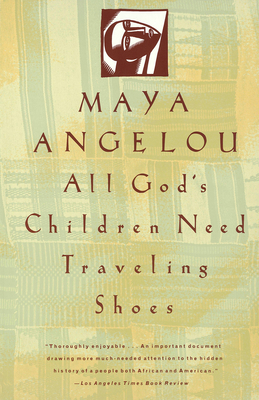
2. “The Message” by Ta-Nehisi Coates
“You exist in a country that does not know what to do with you. But what it does know is how to punish you for the confusion.”
Like his other work, Ta-Nehisi Coates’s “The Message” is one of those books that doesn’t give you neat conclusions, and that’s what makes it so powerful. Coates writes about navigating foreign places while carrying the weight of being Black in America — a tension that follows him wherever he goes. It’s not your typical travel book with sightseeing tips or cultural commentary; instead, Coates invites you into his thoughts, his doubts, and his reflections. For anyone who’s ever felt like an outsider in a new place — or in their own skin — it’s an incredibly moving read.
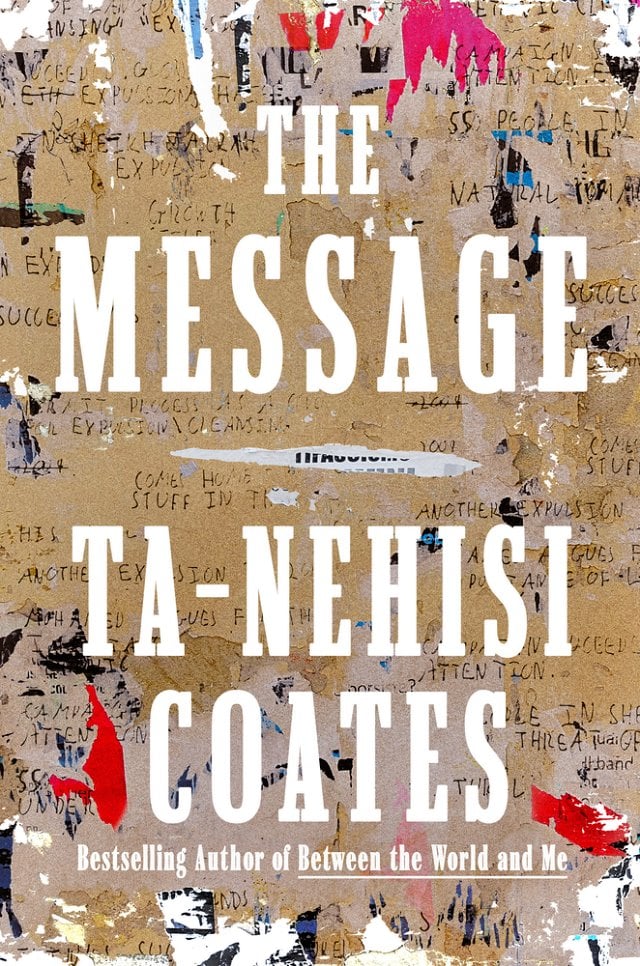
3. “Black Girl in Paris” by Shay Youngblood
“I wanted to know what it felt like to walk through a city that didn’t belong to me and find a way to make it mine.”
At a friend’s book swap, I was recommended “Black Girl in Paris” by Shay Youngblood, a beautifully written novel that feels like a love letter to anyone who’s ever chased a dream far from home. Inspired by her own experiences, Shay Youngblood tells the fictional story of Eden, a young Black woman who moves to Paris in search of artistic freedom and a sense of belonging. Eden arrives with little money, few connections, and only the faintest idea of what she’s looking for. Along the way, she takes on odd jobs — au pair, poet’s assistant, even a nude model — just to survive. Youngblood’s writing is lush and intimate, capturing the quiet loneliness of being a stranger in a new place and the magic of finding your rhythm in it.
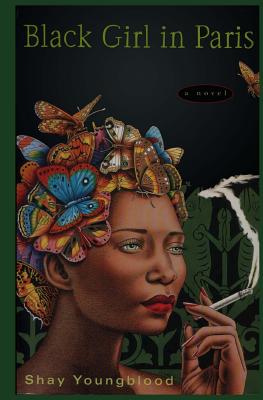
4. “Tell My Horse: Voodoo and Life in Haiti and Jamaica” by Zora Neale Hurston
“Haiti is the land of mountains, and its people carry themselves with the pride of peaks—high, unshaken, and watchful.”
Zora Neale Hurston’s “Tell My Horse” isn’t your typical travel narrative — it’s gritty, immersive, and often unsettling. A prolific writer, Hurston was not only a celebrated novelist known for Their Eyes Were Watching God but also a trained anthropologist who devoted her career to documenting Black folklore and cultural traditions. In this book, she dives deep into the spiritual practices of Haiti and Jamaica, writing with a curiosity that’s as bold as it is respectful. It’s the kind of book that lingers, making you question what you think you know about places that are often reduced to stereotypes. If you want to read something that refuses to romanticize the unknown, this is it.
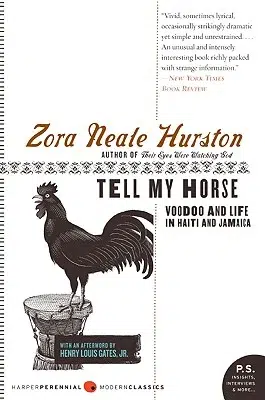
5. “The Motorcycle Diaries” by Ernesto “Che” Guevara
“I wanted to feel close to the people. To see them, to share their food, their customs, to talk to them.”
“The Motorcycle Diaries” is a raw, introspective journey through the heart of South America. Before Ernesto “Che” Guevara became a revolutionary icon, he was a 23-year-old medical student with a restless spirit and a battered motorcycle. Alongside his friend Alberto Granado, Guevara embarks on an eight-month trip across Argentina, Chile, Peru, Colombia, and Venezuela, encountering a continent that’s both breathtakingly beautiful and deeply scarred by inequality. His writing captures the contrasts of South America: the stunning landscapes of the Andes, the sprawling deserts, and the vibrant yet impoverished communities they meet along the way.
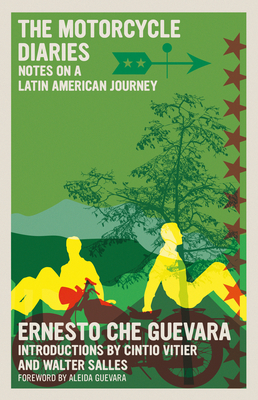
6. “Catfish and Mandala: A Two-Wheeled Voyage Through the Landscape and Memory of Vietnam” by Andrew X. Pham
“I returned to Vietnam hoping to find a place that made sense of my memories. Instead, I found a place that made me question everything I thought I knew.”
“Catfish and Mandala” is a powerful story about what it means to return home when home no longer feels like yours. Andrew X. Pham, a Vietnamese-American writer and engineer, fled Vietnam with his family as refugees after the war. Years later, grappling with grief and a fractured sense of identity, he sets out on a solo bicycle journey across the country his family left behind. Pham’s return isn’t nostalgic or easy — instead, it’s raw and unflinching. He encounters a Vietnam still marked by the scars of war, where memories of violence linger and cultural tensions simmer beneath the surface. At the same time, Pham navigates his own internal conflict — caught between his American upbringing and the expectations of his Vietnamese heritage.
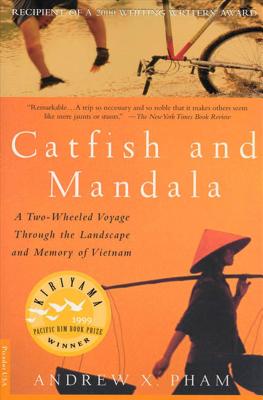
7. “James Baldwin’s Turkish Decade: Erotics of Exile” by Magdalena J. Zaborowska
“Exile does not mean separation from home, but rather, the freedom to create home wherever you find it.”
James Baldwin’s time in Turkey is often overshadowed by his life in Paris and Harlem, but his years in Istanbul were just as pivotal — and arguably, even more personal. In “James Baldwin’s Turkish Decade,” Magdalena J. Zaborowska explores this lesser-known chapter of Baldwin’s life, revealing how Turkey became a rare refuge where he could breathe, reflect, and create without the constant burden of being seen first and foremost as a Black, queer man in America. During the 1960s and 1970s, Baldwin lived in Istanbul off and on for nearly a decade, finding a kind of peace and creative clarity he struggled to access elsewhere. It was in Turkey that Baldwin completed some of his most important works, including “No Name in the Street” and “Just Above My Head.”

Sara Jin Li is an essayist, playwright, and filmmaker based in Los Angeles, California. She is also the founder of Heretics Club, a literary salon for creative writers. You can find her on Instagram at @sarajinli.


